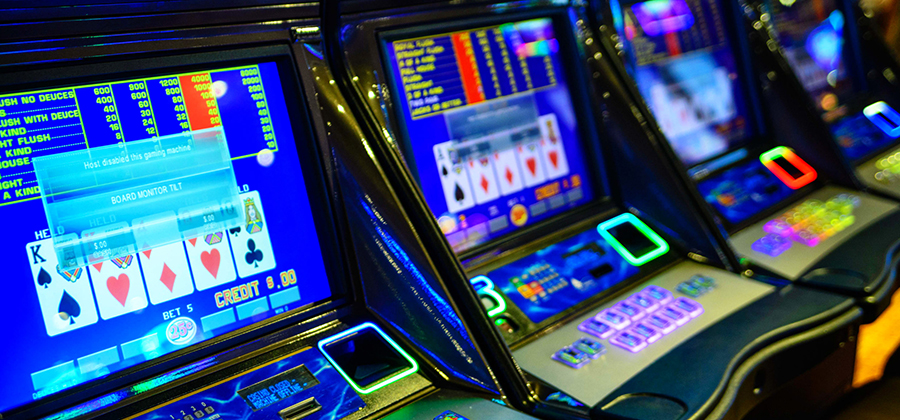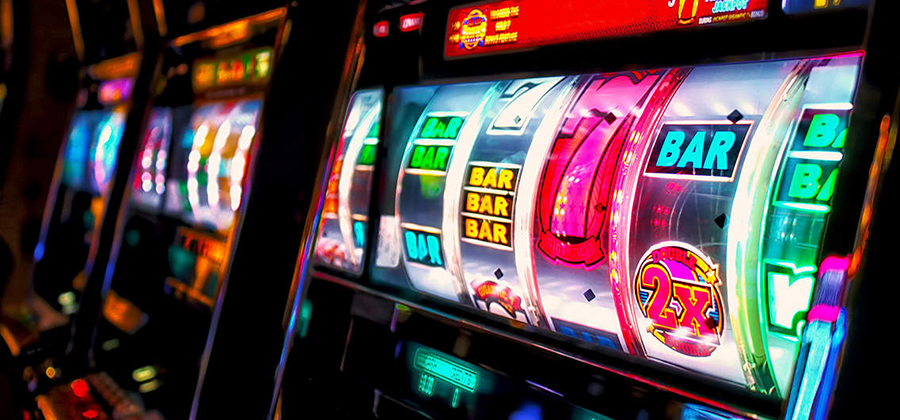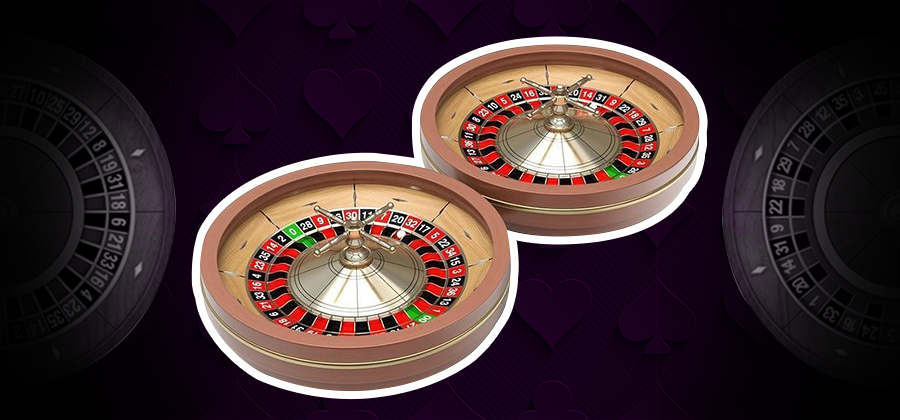Video pokies were perhaps the biggest leap forward in pokie technology, taking rudimentary pokie machines and making them more varied and immersive. On this page, we’ll look at how video pokies have become so popular in Australia and how they have impacted the country since being introduced in the mid-1970s.
Table of Contents
The Introduction of Pokies in Australia
Gambling has always been popular in Australia, as it has in most countries. For a long time, gambling was mainly confined to places like bars and racetracks, where gamblers played poker and staked money on horse racing. But a new type of gambling would be introduced to the world in the late 19th century, which would eventually grow to become the most popular type of gambling in the country.
Pokies were first invented in 1898 by a man in San Francisco called Charles Fey. Before long, they had been exported to Australia and, while certainly not widespread, were popular with Aussies with a proclivity towards gambling.
The first pokies were rudimentary, to say the least. Simply place a bet, pull a lever, and see if symbols line up on the single payline. There were none of the features that would later come to characterise video pokies.
While pokies were popular in the early 20th century, they really took off in Australia in the 1950s. This rise in popularity coincided with two events: the legalisation of pokies in New South Wales and the launch of the Clubman slot by Aristocrat, which would soon be found widely in various venues.
The Evolution of Pokies
As already mentioned, the original pokie was a simple machine, as were the ones released during the 1950s. They were fully mechanical, with no electronic parts. To play, coins were inserted and a lever then pulled, activating the mechanism and causing the reels to spin. Get a win, and the prize would be paid our automatically.
Electronic pokies arrived in Australia in the 1960s. These pokies were more advanced than the mechanical ones, offering bottomless hoppers and higher payouts. They also no longer required a side lever, although the popularity of the lever with players persuaded manufacturers to retain it, despite its redundancy.
Then came the video pokie. The first pokie with a colour receiver was launched in 1976 and was made by Fortune Coin Co. The colour receiver displayed the game, meaning that reels were no longer needed. This allowed manufacturers to create a diverse array of video pokies.
The video pokie was revolutionary and was hugely popular with Australian gamblers, as it was with gamblers around the world. The side lever was eventually replaced by a simple button and the aesthetics of the machines made them far more attractive. The audio was also impressive, ensuring everyone knew when a pokie was close.
Video pokies continued to evolve in Australia, and by the mid 1990s, some video pokies even had second-screen bonus games. Vitally, the industry was also given a boost in the 90s when most states legalised pokies. This led to an even larger proliferation of pokies throughout the country.

The Impact of Video Pokies
The impact of video pokies was huge. Previously, pokies games had been somewhat mundane, with most pokies being very similar to one another. Video pokies brought a huge amount of variety, ensuring even experienced players regularly had something new and exciting to play.
Economically, video pokies were huge, both for manufacturers and state governments. Revenue from pokies would go on to form a significant part of the government’s revenue. In fact, in New South Wales, taxation on pokies represents over 5% of all annual tax revenue.
Socially, pokies have undeniably contributed to gambling problems, with New South Wales being the hub of gambling addiction in the country. In New South Wales alone, players lose around $8 billion per year to pokies, and the highest-earning pokies are generally the ones in more disadvantaged areas.
Then there’s been the political impact of video pokies. They’ve made gambling that much more appealing to players, and this, in turn, has led to higher rates of addiction. With strong public support for more regulation of the pokies industry, most major politicians now support some kind of reform – although getting rid of pokies altogether is not on the cards, as it would cost the government too much in lost taxes.
Conclusion
Video pokies were introduced in the 1970s and are now widespread throughout most of Australia. They are now a part of Australian society and have impacted the country economically, socially, and politically.
There’s no doubting that many people enjoy playing them and do so responsibly, but the various features of video slots have made them very addictive, and Australia has a lot to do to bring down addiction levels while also allowing people to continue enjoying these games.



 by
by 


